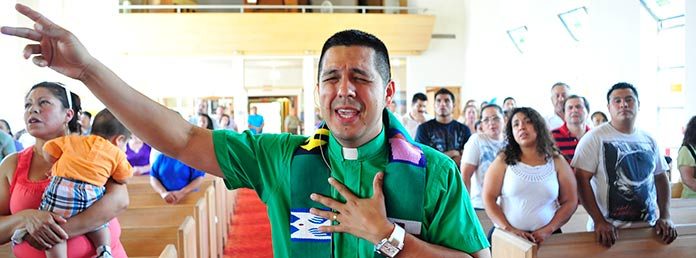Why do people like making planned gifts?
Planned gifts (most commonly a donation made in your will or trust) cost nothing today and allow you to make an incredible impact, which is why so many people choose to make them.
There are some other exciting but less common gifts — scroll down to learn more!

Popular gifts for the future
See what types of gifts many people choose to make. Many people make these to honor a loved one, to show what’s important in their life.

Gifts in a will or trust
Donations in your will or trust are (by far) the most popular type of planned gift. Learn more, or get help starting your will or trust – for free!

Beneficiary designations
Gifting assets not covered by your will — like 401(k) or IRA accounts — may help your heirs avoid unwanted taxes, even if you’re below the estate tax threshold.
Popular gifts for today
Many people love these donation options because they fit with their personal circumstances and financial goals.
Gifts that pay you back
Give assets while providing yourself or others with income for a period of time or distributions at a later date.
Stocks and securities
Many people love donating stock or mutual funds because it may help them avoid paying capital gains taxes.
Donor Advised Funds
Easily recommend grants to Lutheran Planned Generosity of South Dakota for tax-efficient giving.
Qualified Charitable Distributions
Use your IRA to make tax-free gifts that benefit you and our mission.
Please let us know if you’ve already included us in your estate plans!
Letting us know is incredibly helpful to our team and helps to make sure your gift is used the way you want it to be.
Your life can make a difference
As a partner ministry of the South Dakota Synod, ELCA, Lutheran Planned Generosity of South Dakota offers creative solutions to your financial, tax, and estate planning goals that recognize your faith and generosity. Whether a gift today or a legacy plan supporting those you love and the ministries you care about most, your life can make a difference.

A Plan for the Future – Faith and the Family Farm
Tom and Mary Tveit
Retired Farmers – Pierre, SD
I’m a planner–if there’s a template available to us through the church, that’s a great place to start. And I like the idea that we’re working with a group that has more in mind than just creating wealth. We’re creating a better life for lots of people in lots of ways.
Frequently Asked Questions
Yes! Gifts of any size are deeply appreciated. Many people choose to leave a percentage of their estate, which scales up or down with your estate size.
Yes! Knowing in advance about your intentions is quite helpful to our staff, but you are always welcome to not share your gift.
We’ve partnered with FreeWill to help you make a will or trust at no cost to you. You can use this to complete your plans, or you may choose to use the same tools to get your affairs in order before visiting an attorney (who is likely to have a fee associated with finalizing your plans).
Yes. You are always free to revise or update your estate plans.
Yes! FreeWill will never share your personal information without your permission.
Make your will today
100% free
Trusted and secure
Done in under 20 minutes
We’re here to help you meet your goals!
 | Name: Kathy McHenry Executive Director Phone: 605-274-5030 Email: kmchenry@sdsynod.org |
As Executive Director of Lutheran Planned Giving of South Dakota, Kathy brings over 20 years of experience in financial services, public speaking, and non-profit leadership. She specializes in generational transitions and legacy planning, particularly with farm and ranch families, as well as charitable trusts and tax-advantaged donations. Her workshops make these processes easily understood and accessible to everyone.
Name
Already included us in your estate plan? Let us know
